Kitchen sealing tape
Formulate these products to withstand moisture, water exposure, and frequent cleaning in wet areas to provide a high-quality and long-lasting seal when sealing professional kitchen caulk tape.
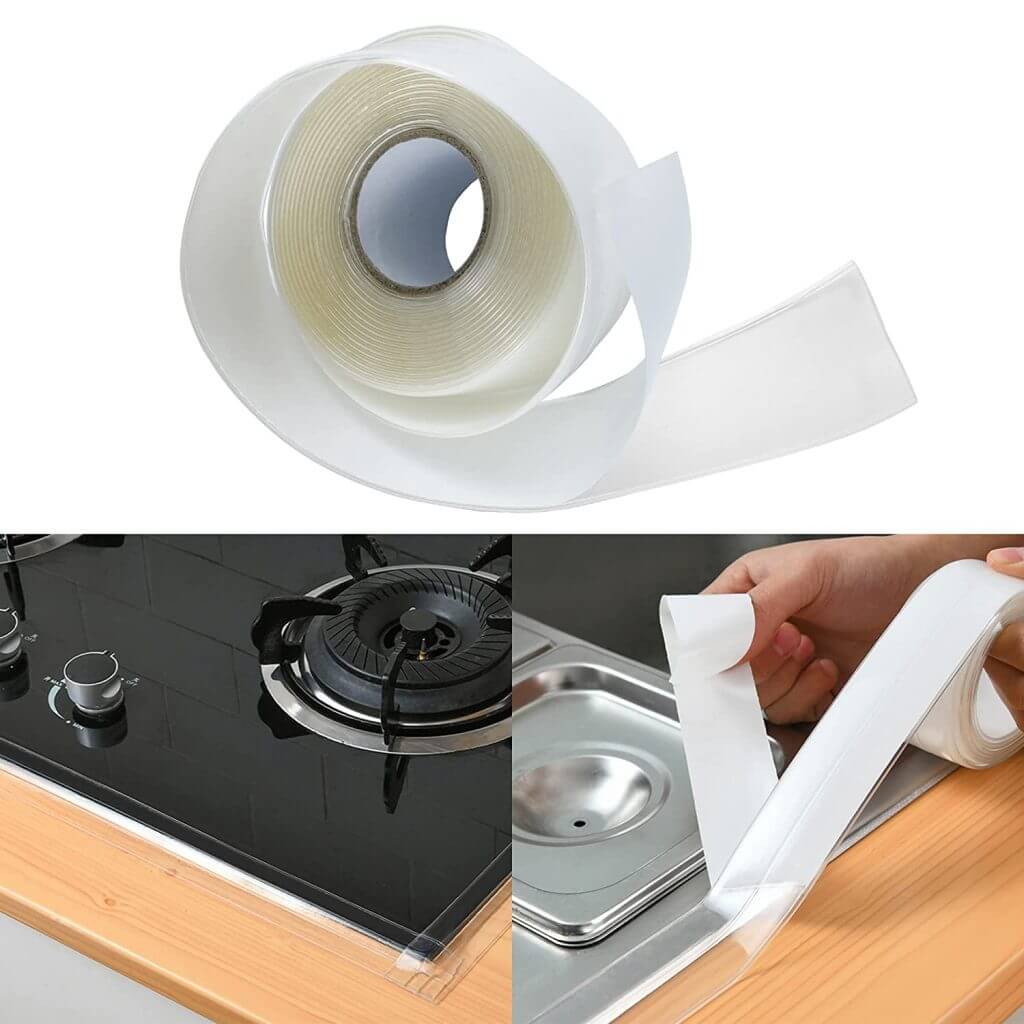
Flexible and Durable
The strips are designed to be flexible and adapt to various surfaces, including curved or uneven areas. They are durable and resistant to cracking, shrinking, or peeling over time.
Anti-oil and mildew
Manufacturers utilize materials like PVC or silicone to create these sealing strips, which provide remarkable waterproofing abilities, effectively preventing water penetration and minimizing the potential for mold or mildew growth.

Frequently Asked Questions
Common problems and their solutions related to waterproof and mildew-proof caulking tape
Ensure the surface is clean, dry, and free from oil, grease, or residue before applying the tape. Properly press the tape onto the surface to ensure good adhesion.
Ensure that the tape is applied evenly and firmly along the joint or gap. Make sure the tape covers the entire area that requires waterproofing. If there are gaps or inconsistencies, remove the tape and reapply it, ensuring proper coverage and adhesion. Consider using a high-quality, waterproof caulking tape specifically designed for wet areas.
Regularly clean and maintain the caulking tape to prevent mold or mildew growth. Use a mildew-resistant caulk or tape that inhibits mold growth. Clean the tape periodically using a mildew or mold cleaner recommended for the specific material. Proper ventilation in the bathroom can also help prevent mold and mildew growth.
Over time, exposure to sunlight, moisture, or cleaning agents can cause discoloration or degradation of caulking tape. To minimize discoloration, select a high-quality, UV-resistant caulking tape. Avoid using harsh cleaning chemicals that may damage or degrade the tape. Regularly clean and maintain the tape to extend its lifespan.

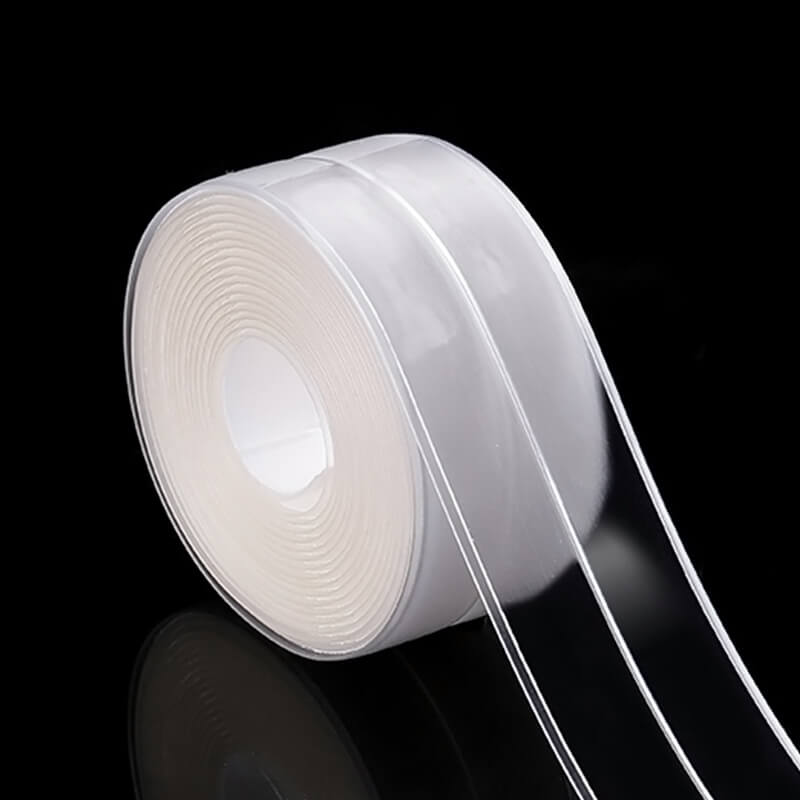

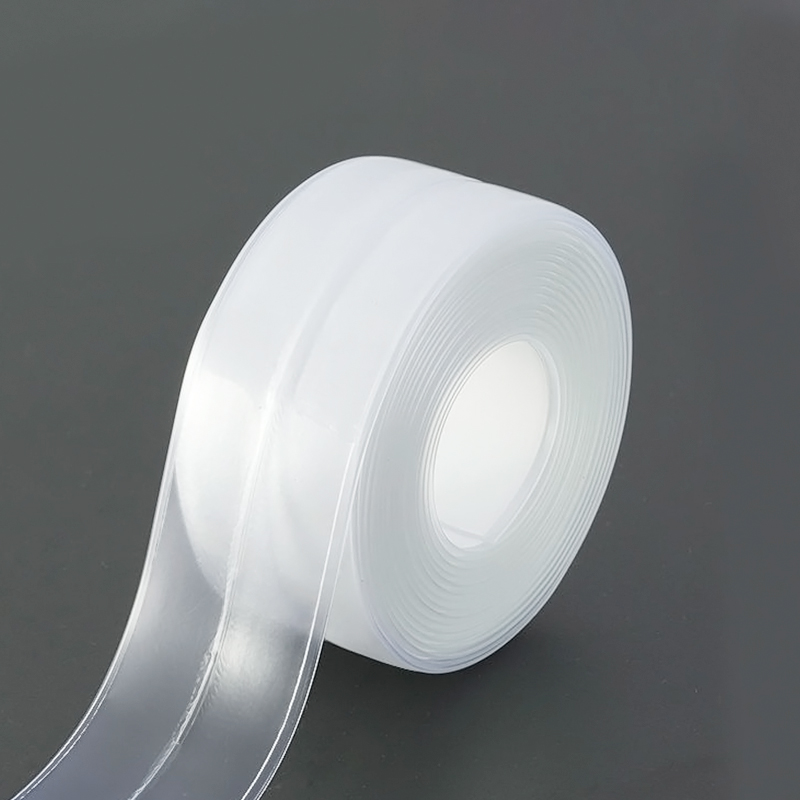
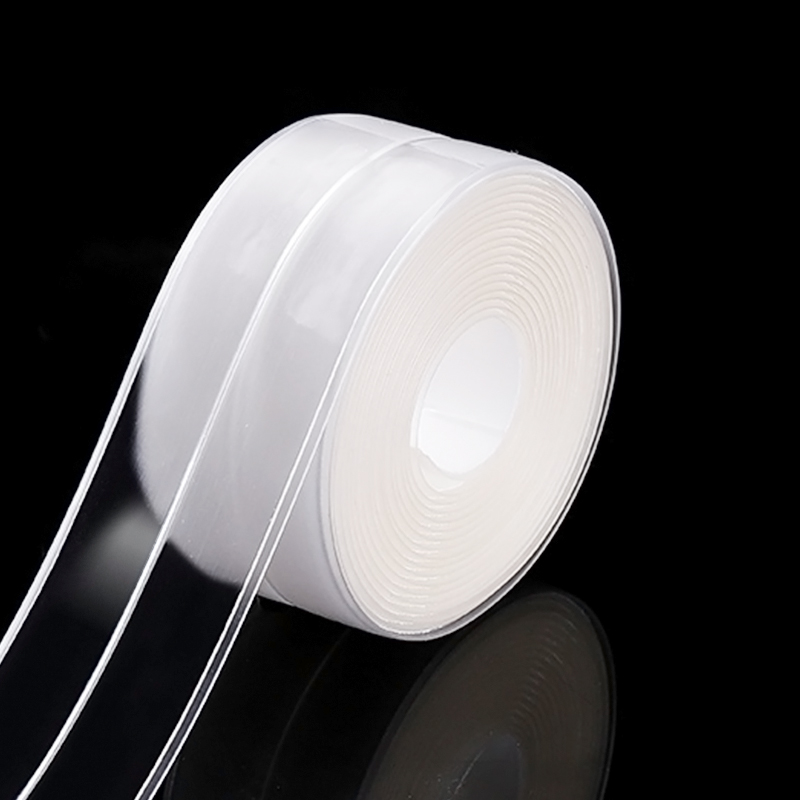
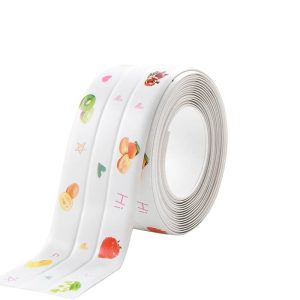
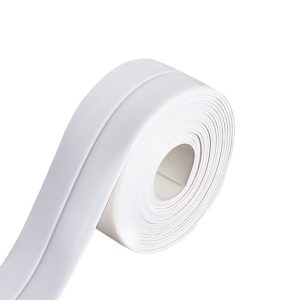
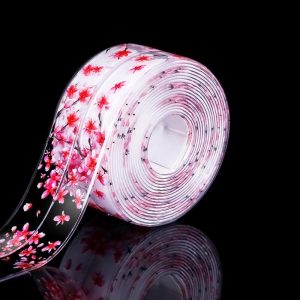
Reviews
There are no reviews yet.